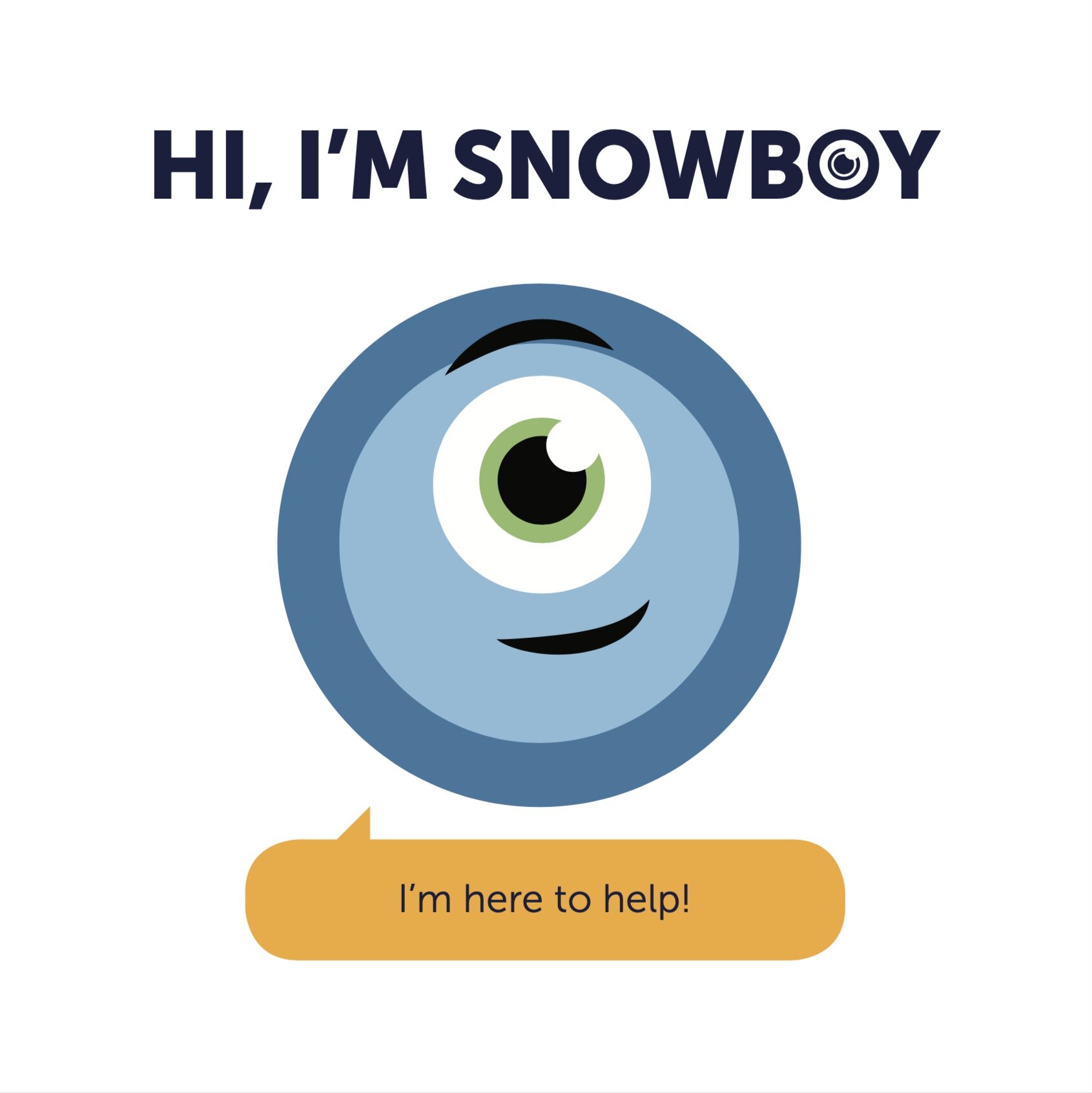Personality + COnversation Design Jefferson
Designing the personality and conversations for Jefferson’s custom-built voice assistant.
Role Lead Design Researcher, UX Designer
Project Goal Design the personality of Jefferson’s voice assistant for patients.
Project Considerations Patient needs and demographics, Jefferson brand and image now and over time, context of use
Skills Highlighted Workshop, personality design, conversation design
User Demographics- Admitted Patients
Knowing who our patients are was vital to understanding who and what would make them feel comforted and supported during their hospital stay. We used the hospital’s demographic reports to get a broad view of our user audience.
40% of admitted patients stay in our hospitals for more than 4 days, about 30% stay for 3-4 days, and 30% for 1-2 days.
The lengths of stay indicate that patients will need services that offer comfort and convenience, as well as support with rehabilitation and communication with staff.
Reason for Visit
The most common reasons for admission include Hypertension, Heart disease, Anxiety, Depression, and other long term therapies. However, we know that there are other reasons for admission such as surgical admissions, physical rehabilitation (such as at Magee hospital), labor and delivery, and the headache unit.
Racial Diversity
The majority of our patients were listed as White with a large population of Hispanic/Latinx patients. The hospitals report only lists “Other” and “Unknown” as the other racial populations. Philadelphia is nearly 45% Black or African American, so there is a high chance that this group also makes up a large portion of the hospital population.
Languages Spoken
Majority English speakers, but there are also many Spanish, Cambodian, Vietnamese, Mandarin, Italian, Cantonese, and other Chinese language speakers.
30% of Jefferson’s patients are over 75
40% of patients are 56-75
25% of patients 36-55
10% of patients are under 35
The distribution of ages indicates that the majority of our patients may not be familiar or comfortable with emerging technology, such as voice interfaces and conversational interactions.
These findings suggested that the device needed to be easy to learn and have thoughtful user forgiveness. We also needed to be sure that none of the language could potentially lead a patient to share personal information or expect medical advice. The personality would need to be comforting, knowledgeable, and culturally inclusive.
Personality Design
The original personality and branding of the voice assistant were relatively generic and built around the off-the-shelf invocation phrase we were using as we built and tested the technology, “Snowboy.”
Below is an example of the educational booklet I created (with support from a visual designer) for patients to use during the pilot, based on that generic personality.







While Snowboy was cute and well-liked, his name confused people, and we needed a unique personality and brand that spoke to and accurately represented Jefferson’s mission, vision, and values.
Personality design methods were adopted from Cathy Pearl and Wally Brill’s methodology used by Google. This method required us to break down and understand:
The characteristics that make up the hospital brand.
The types of tasks the device will be used for.
The users who will interact with the device.
The context of those interactions
The psychological states of users during those interactions.
Using this information, we form a persona and personality for the device. We then test and refine that personality by writing test scripts for various tasks.
Understanding the Brand
The Thomas Jefferson University Hospital logo.
Jefferson’s values.
For a broad understanding of the Jefferson brand, we conducted brand workshops with three people we felt best represented Jefferson.
Aditi Joshi
Physician; Senior Advisor, Acute Care Telehealth
Neil Gomes
EVP of the Digital Innovation and Consumer Experience Group; CDO of TJUH
Viraj Patwardhan, Robert Neff,
and Matthew Ernst
Vice Presidents of Design, Development, and Business Development at Jefferson
The outcome of these workshops was a long list of adjectives describing Jefferson and the Jefferson brand. I sorted those adjectives into 6 themes: Advanced, Vibrant, Empathetic, Empowering, Exploratory, and Personalized.
Raw findings from personality workshops.
Translating the Jefferson Brand into a Personality
Using the information from the workshops in combination with existing marketing materials and the organization’s defined mission and values, my partner and I conceived these outstanding brand values and the tone of voice necessary to carry and communicate those values.
We then outlined all of the services the device would offer and the expertise it would need to be able to provide for our patients. We used those to create a few sample tasks to work with as we test out and refine the personality, and then selected one task to start with.
Finally, we outlined our user information: who they are, where and why they would use the device, how time influences their interactions, any anxieties they might have surrounding that experience, and assumptions we are making about their experience.
From the above information, we crafted the personality of our voice companion.
The invocation phrase, or name of the companion, needed to be accessible for a wide range of speech abilities.
We came up with a list of names we felt best represented the personality we crafted, then met with multiple speech therapists to understand what components impact the ease or difficulty of pronunciation. We revised our list based on those constraints and revisited the speech therapists for their stamp of approval.
Accessibility Constraints
1-3 syllables
Require minimal mouth movement
Avoid hard sounds as much as possible
Use sounds that are easy to say like “ma” or “da”
Technical Constraints
2-3 syllables
Hard sounds (for example, “ka”)
Must not sound like words that might be said in a hospital room
Our persona became Carmen, a woman who acts as a companion and expert for our patients, not an assistant.
Our goal for this personality was to make her warm, familiar, and relatable. She is someone who can meet patients where they are, empathize with them, provide expertise, and be a support when they felt alone or confused.
I selected a new voice to match her name and personality, and Carmen was born.
We worked with one of our talented visual designers to create a logo for Carmen for future branding and educational materials, seen below.
Conversation Design
I had written many scripts for Snowboy. Once we designed the voice assistant’s personality and relationship with the patient (companion and expert, rather than the ubiquitous assistant), it was important to update the script language to better reflect her personality and provide a warmer, more unique experience.













